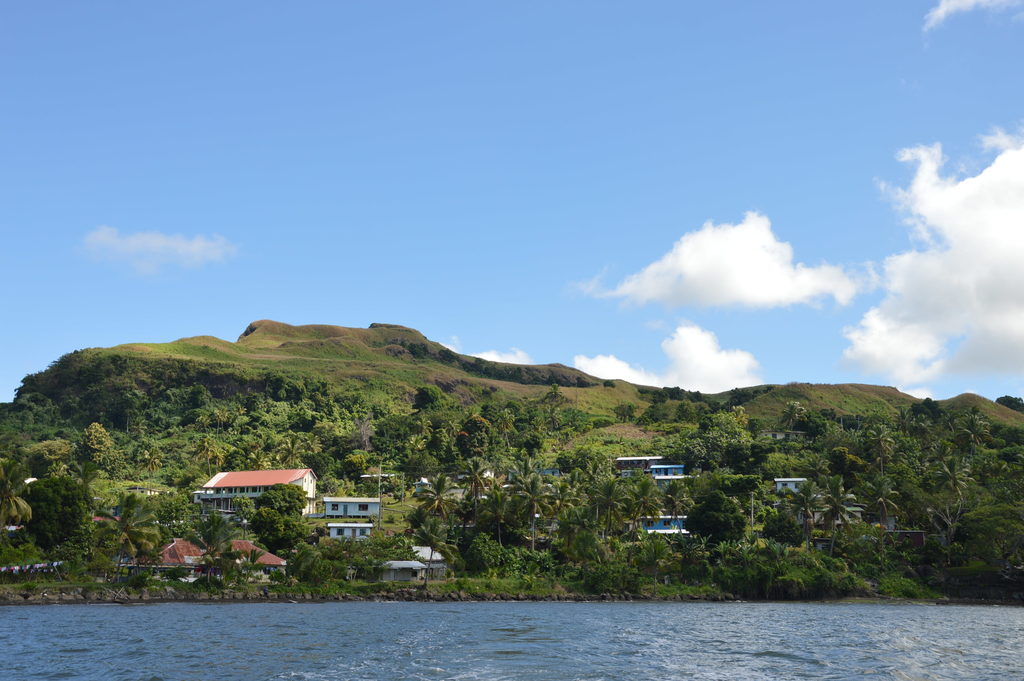If you stand on top of Nanukuloa in Ra and face the famous Navitilevu Bay, you will notice Navuniivi Villageperched on a hillside directly opposite you.
But before Navuniivi, the traditional seat of Tui Navitilevu, on your right you will notice a prominent outcrop of land that looks like an uninhabited rocky island.
Close to the beach, the place is cloaked with costal trees but at the top it is crowned with talasiga grass.
At its highest point, in the shape of a conical mound, is an ancient site dear to the people of Navitilevu and other places in Fiji with whom they share close and traditional ties.
People say that during his time in Nanukuloa, site of the Ra Provincial Council office, the late Ratu Sir Lala Sukuna would sit on a rock on the edge of the village and look out to sea to meditate.
In his line of vision he would have been the same outcrop I am talking about called Verata. As the name suggests, it has special ties to the people of Verata (Ucunivanua) in the province of Tailevu.
Oral history passed down many generations, contend that Verata was the original settlement of the people of Navitilevu and was where Rokomautu stopped briefly before he journeyed to other parts of Viti Levu before finally residing in Verata.
Nakauvadra and beyond
Rokomautu was the eldest son and second child of the great Lutunasobasoba, who according to Fijian legend, led his people from the west to Fiji in the canoe Kaunitoni.
Many tribes that exist today claim to have descended from the children of Lutunasobasoba – Buisavulu, who settled in Bureta, Rokomautu who settled Verata, Melasiga who settled in Burebasaga, Tuinayavu who settled Batiki, and Daunisai who went to Kabara.
Historical accounts also argue that while Lutunasobasoba’s descendants journeyed from Nakauvadra through Viti Levu’s hinterland, smoke was already rising “on the coast of Ra.
During an interview with The Sunday Times, Navuniivi historian Josaia Moceinasavu said during this migratory period, two siblings of chiefly status were already residing in Navitilevu Bay.
“When Rokomautu, on his journey to Verata, reached the bay smoke was already rising up to the air. Someone had been there already,” Moceinasavu said.
“According to what has been passed down by our ancestors, the two siblings were the first Tuinavitilevu and his younger brother Ratu.”
Tuinavitilevu’s descendants now reside at Navuniivi Village whose chief holds the title of Tuinavitilevu while Ratu’s descendants now live in Rakiraki Village, whose traditional leader holds the title of Tunavitilevu, said Moceinasavu.
The older brother made a request to the two ancestral kalou vu (gods) Rokomautu and Melasiga, asking if they could install him as high chief of the area.
The first chiefly installation at Verata
“Concurring, the two escorted Tuinavitilevu I to a point on the top of Verata called Naiserevaki, meaning the place where the first sere ni yaqona vakaturaga (a song sung during a yaqona ceremony) was performed to install the first Tuinavitilevu,” Moceinasavu said.
“But the ceremony paused for a while because there was no water to mix the ceremonial drink. Rokomautu pointed to a small cave on the rocky ledge below where water was later obtained from and the installation continued.”
The cave and its pool of water still exist today and so is the mound at Naiserevaki, fashioned in the form of a ring ditch with width big enough to allow a vehicle to drive through.
The cave can be easily accessed from the beach. Its only occupants are a body of still and cold water, insects, ferns known as vativati and moss.
“During the butuvanua a few years ago, when we cleared parts of Verata including Naiserevaki, we discovered seashells and pottery shards further confirming that our ancestors once lived in the area before settling elsewhere,” said Moceinasavu.
He said it was not clear how long Rokomautu and his group stayed in Verata, Navitilevu before they moved on by following the undulating mountain ridge known as tualeita.
However, he said they “continued their journey and may have taken some people from Navitilevu with them” because there is a place near Verata called “Soevodo” meaning “some people have boarded a ship”.
“Also, we know we have blood ties to villages in Tailevu, Naitasiri and Nacavanadi. Some have come and done their butuvanua. While most of these links still have close connections to Rakiraki when they go there they end up tracing their yavutu back to Navitilevu.”
A delegation from Tui Nacavanadi visited Navuniivi during a church soli a few years ago, honouring age-old kinship ties. There has also been a visit to Navuniivi by the Vesikulas of Verata in an effort to rekindle old ancestral relationships.
Brothers go separate ways
“Long after the installation, it is believed the two chiefly Navitilevu brothers had a disagreement after which the younger Ratu was sent on exile. Tuinavitilevu told Ratu “go so that I will not see you again”.”
While the reason behind the brothers’ separation is not clearly known, the general consensus is the younger Ratu may have disrespected Tuinavitilevu or undermined his authority.
Following the conflict Ratu sailed westwards along the coast and landed somewhere in Tavua. He followed a coastal inlet and entered a mangrove area that hugged the coastline, possibly near an estuary.
While scouting around the swampy forest, Ratu came across an elderly man having his bath in a “tuvu”, a low tide pool of brackish water found in mangrove swamps. It was nightfall.
Ratu used his genital to lift the man off ground before talking to him, a feat no human could perform. The chiefly households from Rakiraki and Tavua have close connections till this day.
“I kindly ask if I could l take a bath in your pool,” Ratu asked the astonished man, “and I need you to help me wash my body”.
Ratu was still in “qumu loa” and wanted the elderly man to remove charcoal paint from his body.
“I plead with you to go back where you came from,” the owner of the pool said. You are too big a chief and because I already reside in this place, it would be best if you go elsewhere.”
Moceinasavu said the place where Ratu and the elderly man met was later called Naviyagoiratu or (where Ratu’s body was bathed).
Ratu thought about the man’s words and reasoning and left Tavua, sailing eastwards – back the path he had travelled from.
From Navitilevu to Rakiraki
He travelled for over 20 nautical miles before mooring his canoe in waters between Rakiraki and Malake Island. Being of royal status Ratu’s canoe would have been finely crafted, large and fast, reaching speeds of up to fifteen knots in a good wind.
In olden Fiji, drua were built from hardwood vesi planks and powered by huge triangular sails of pandanus matting.
They reached over thirty metres in length, and had room for many passengers, supplies and livestock. In some of the larger drua, a person could easily stand in the hold without his head touching the ceiling.
Also in those days, village in-fighting and disputes that brewed over leadership were common. Rakiraki was no exception.
Its people faced a similar power struggle within their borders and saw Ratu’s arrival in the bay as an omen of peace and reconciliation.
After studying the canoe’s physical appearance from ashore, they suspected it belonged to a person of high status.
“The people of Rakiraki said let’s go and fetch the owner of the canoe that he may offer his help,” Moceinasavu said.
Ratu was accorded a traditional presentation asking if he could lead the people, with the hope of bringing harmony and accord. He was installed and lived on a hill called Koroqaqa, now the site of a cemetery (opposite Tanoa Hotel, Rakiraki).
One of Ratu’s direct descendants was Udredure, a Rakiraki chief who holds the Guinness World Record for “most prolific cannibal”. During the 19th century, Udreudre reportedly ate between an estimated 872 to 999 people. He had two brothers Banuve and Naduva.
Sometime in the 1840s, missionary Richard Lyth recorded a gruesome discovery at the chief’s tomb – a long row of 872 stones, with many gaps where some stones had already been removed.
Lyth wrote, “Ravatu (Udreudre’s son) assured me that his father ate all this number of human beings. He added a stone to the row for each one he received. They were victims killed in war. He ate them all himself, he gave to none.”
Brothers’ descendants today
Today, the chiefly households in the villages of Navuniivi and Rakiraki accord each other with dignity and respect, in the true spirit of veivakaturagataki (chiefly respect).
To validate the rich history between the people of Navuniivi and Rakiraki, there are personal and household names (yaca ni vale) shared between the two, Moceinasavu said.
“We still attend traditional gatherings in Rakiraki. We know and respect each other, where we came from and where we stand traditionally.”
The overgrowth of plants and grass at Verata was cleared during the last butuvanua held a few years ago, an attempt at tracing the journey taken by Fiji’s ancestral legends from Vuda to Nakauvadra right down to the coast at Ucunivanua (Verata).
“When we cleared the mound at Naiserevaki, we noted schools of fish in the bay (a phenomenon known as cabe ni ika which literally means rising of the fish),” Moceinasau explained.
“We cast fishing nets into the sea and got a catch we’ve never seen before. Our people feasted on fish for many days.”
Moceinasavu claimed the magical wakanivugayali has been seen in Verata, same as the one that had been seen in Ucunivanua where the spirit track known as tualeita ends.
According to one account, the wakanivugayali, a mythical vine believed to have supernatural properties, appears where the tualeita ends at Ucunivanua.
It is also the wakanivugayali that is believed to have helped Vueti (Buisavulu’s grandson) during his campaign against the twins (ciri) Cirinakaumoli and Nakausabaria who shot the famed rooster turukawa.
This article was first publish in July 2019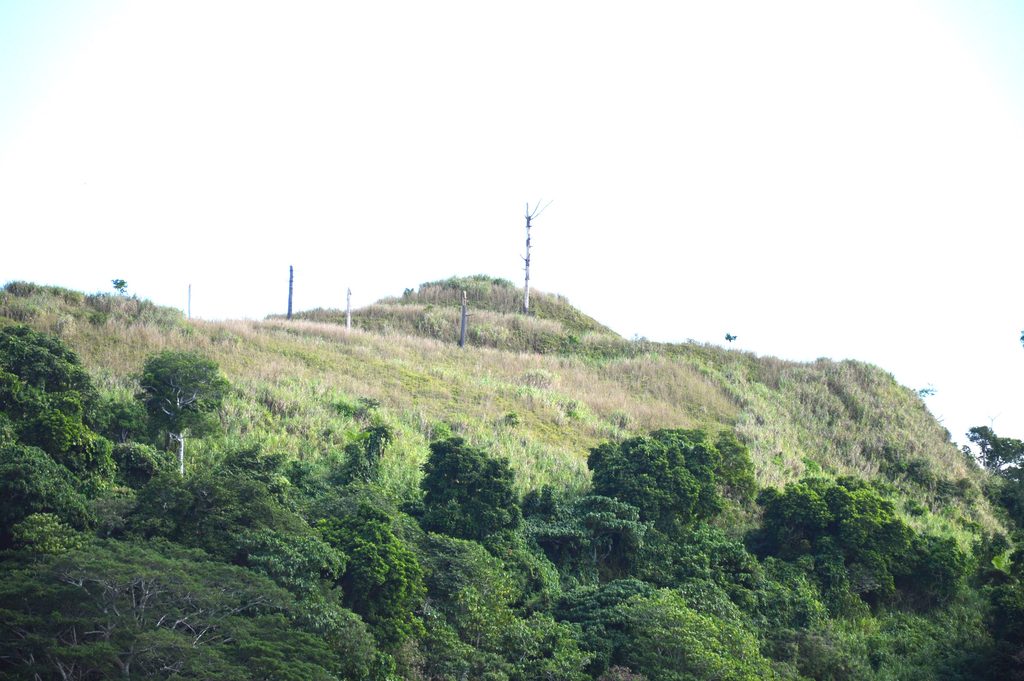
Vereta where the first Tui Navitilevu was installed at the apex of the hill in ancient times. Picture: JOHN KAMEA
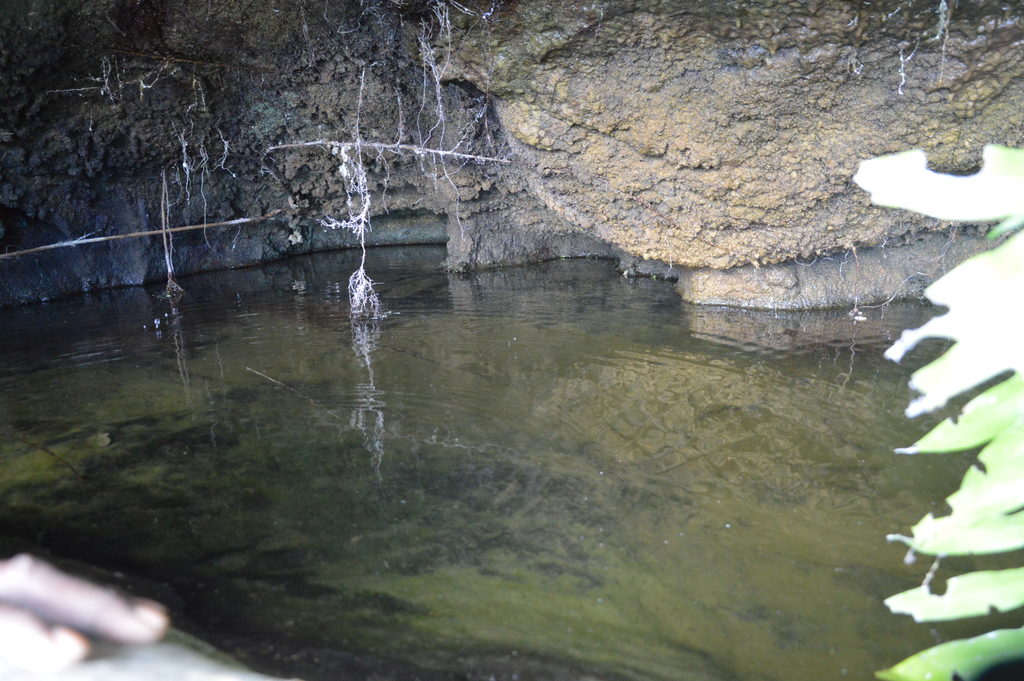
Sacred cave where water has been stored for generations. Picture: JOHN KAMEA
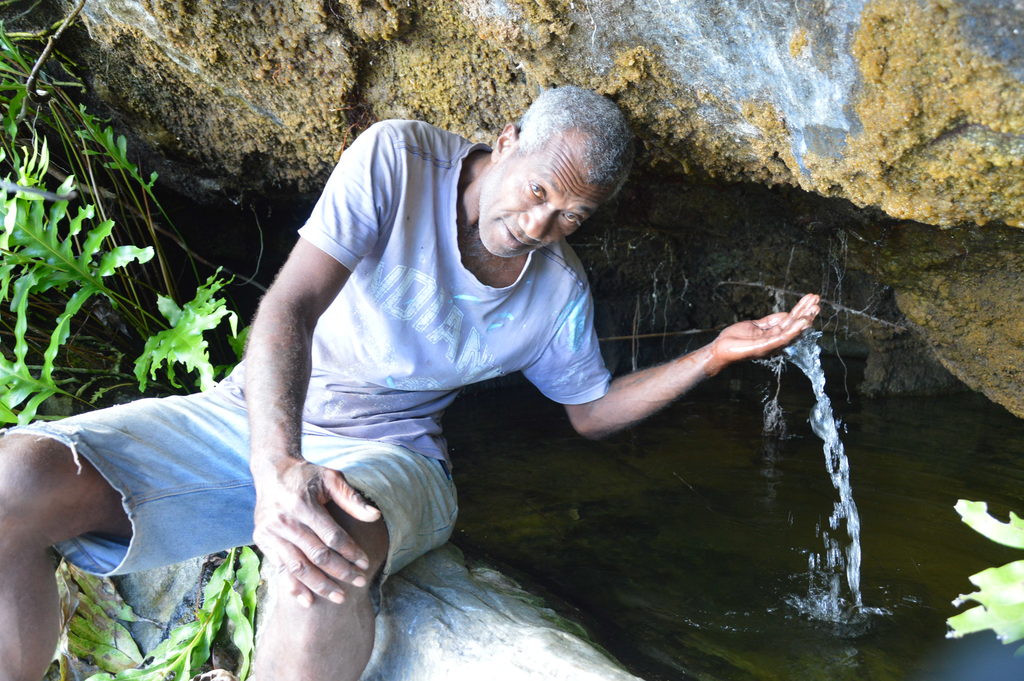
A Nanukuloa villager dips his hand in the cold cave pool, where water was drawn from to prepare yaqona for the first Tui Navitilevu installation ceremony. Picture: JOHN KAMEA
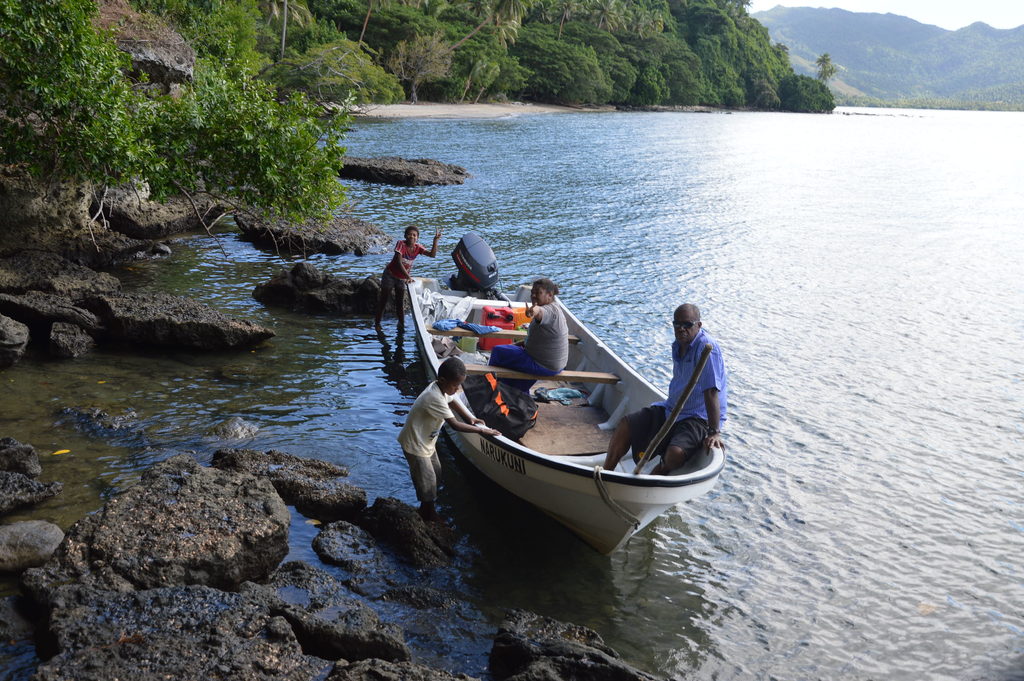
Getting off to inspect the cave pool. Picture: JOHN KAMEA
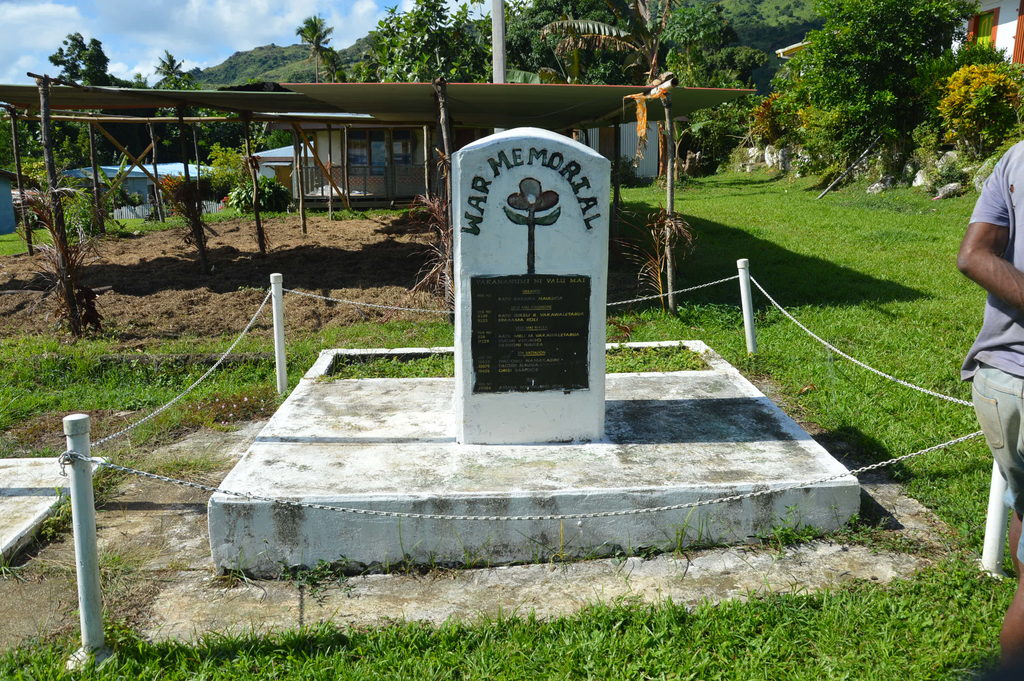
A Navitilevu Village plaque erected to honour kinsmen who took part in WWI in France, the Malaya campaign and WWII in the Solomon Islands. Picture: JOHN KAMEA
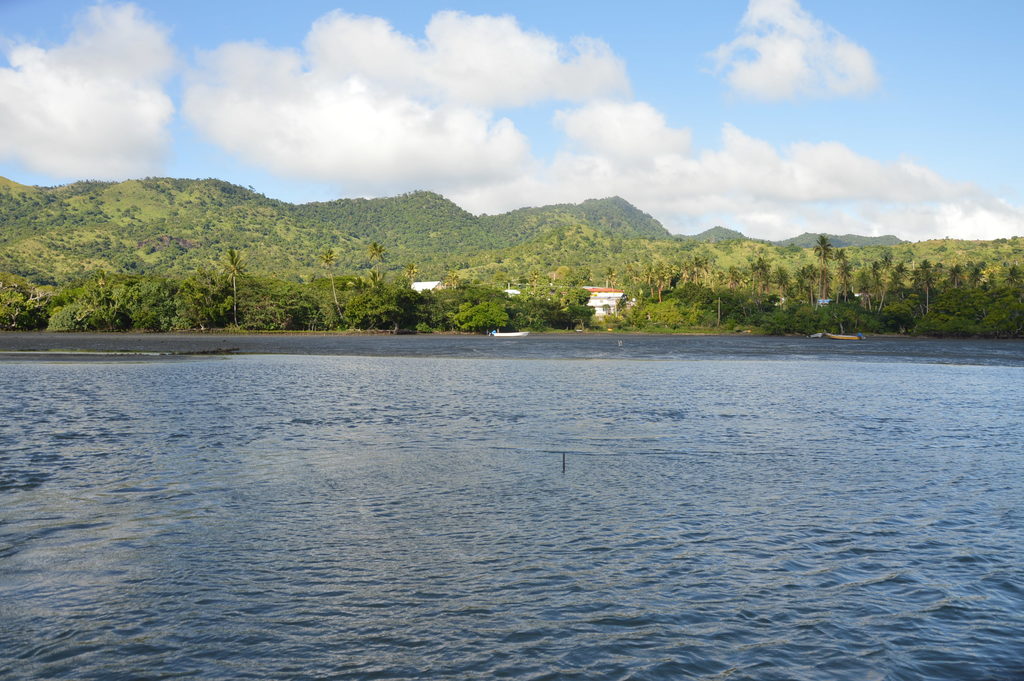
A partially hidden Navitilevu Village as seen from the bay. Picture: JOHN KAMEA

